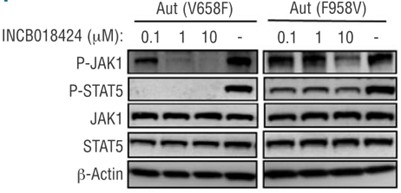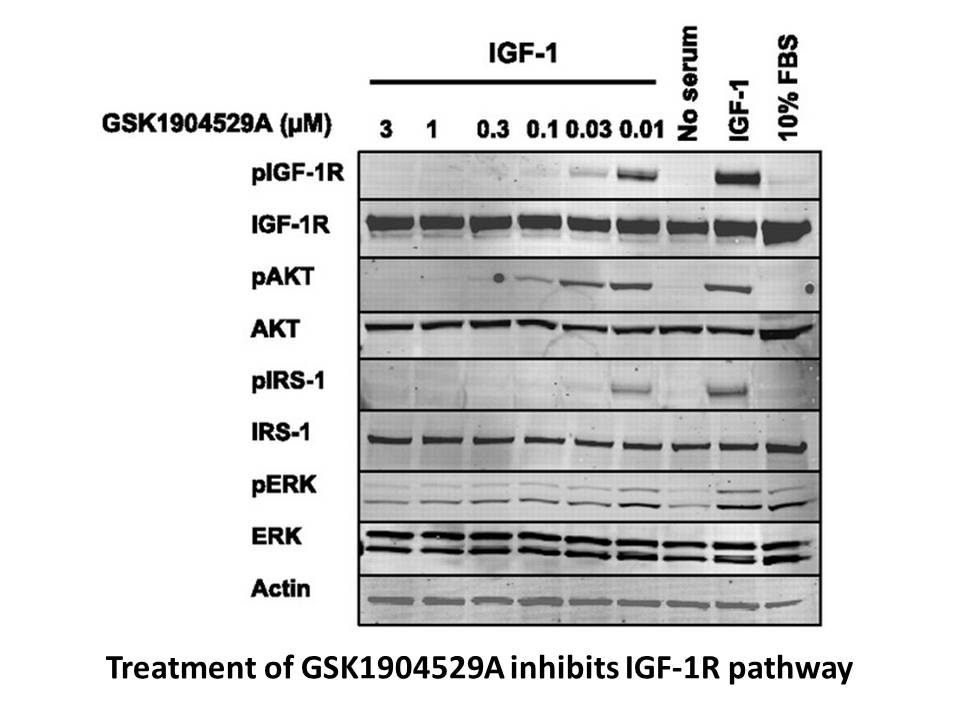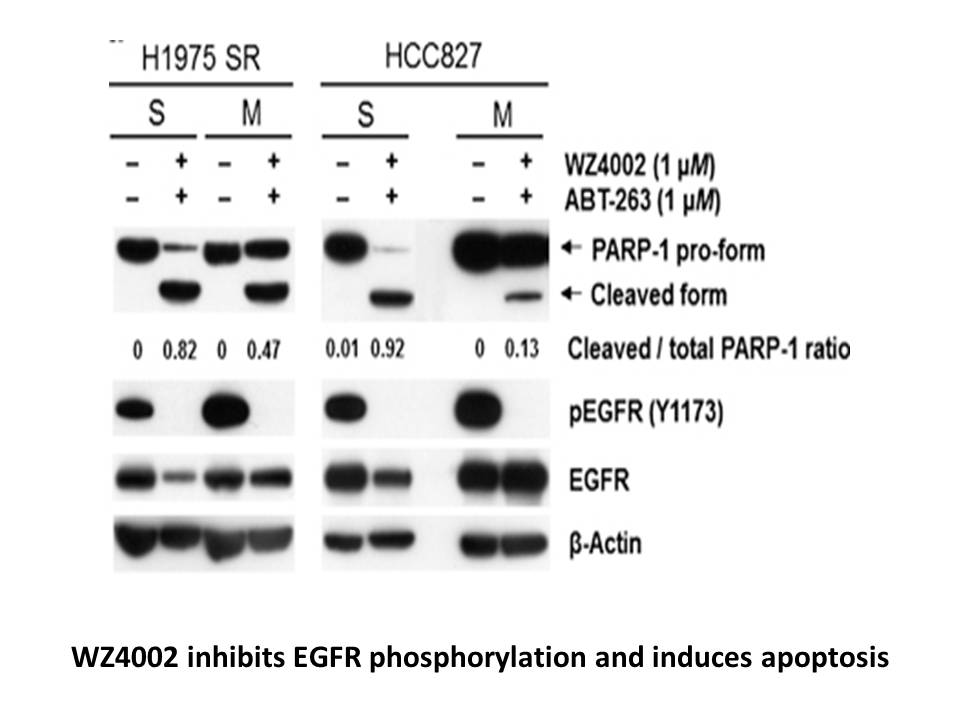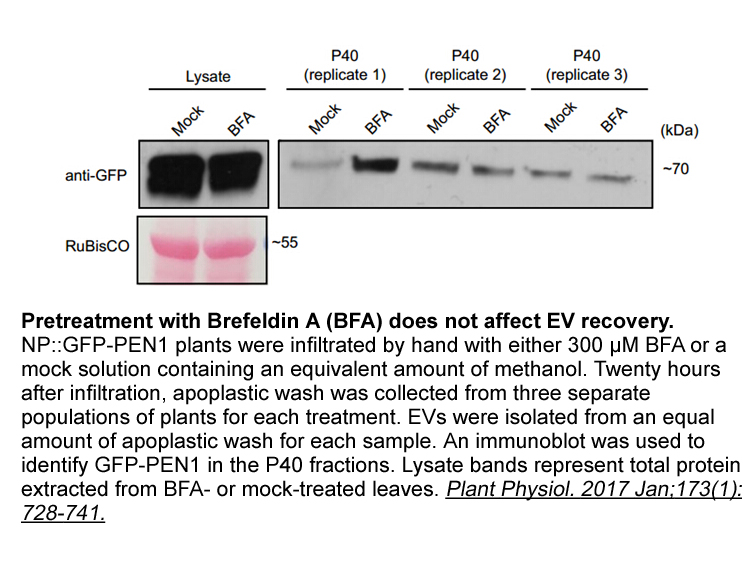Archives
- 2018-07
- 2018-10
- 2018-11
- 2019-04
- 2019-05
- 2019-06
- 2019-07
- 2019-08
- 2019-09
- 2019-10
- 2019-11
- 2019-12
- 2020-01
- 2020-02
- 2020-03
- 2020-04
- 2020-05
- 2020-06
- 2020-07
- 2020-08
- 2020-09
- 2020-10
- 2020-11
- 2020-12
- 2021-01
- 2021-02
- 2021-03
- 2021-04
- 2021-05
- 2021-06
- 2021-07
- 2021-08
- 2021-09
- 2021-10
- 2021-11
- 2021-12
- 2022-01
- 2022-02
- 2022-03
- 2022-04
- 2022-05
- 2022-06
- 2022-07
- 2022-08
- 2022-09
- 2022-10
- 2022-11
- 2022-12
- 2023-01
- 2023-02
- 2023-03
- 2023-04
- 2023-05
- 2023-06
- 2023-07
- 2023-08
- 2023-09
- 2023-10
- 2023-11
- 2023-12
- 2024-01
- 2024-02
- 2024-03
- 2024-04
- 2024-05
- 2024-06
- 2024-07
- 2024-08
- 2024-09
- 2024-10
- 2024-11
- 2024-12
- 2025-01
- 2025-02
- 2025-03
- 2025-09
- 2025-10
-
Tetrandrine: Mechanistic Insights and Strategic Opportuni...
2025-10-02
This thought-leadership article delves into the multifaceted roles of Tetrandrine—an alkaloid calcium channel blocker—in modulating cell signaling pathways, advancing neuroscience and cancer biology, and driving innovation in translational research. Integrating mechanistic perspectives, competitive analysis, and actionable guidance, it provides researchers with a roadmap for leveraging Tetrandrine’s unique capabilities in the evolving biomedical landscape.
-
Bay 11-7821 (BAY 11-7082): Redefining the Frontiers of In...
2025-10-01
This thought-leadership article provides a mechanistic deep dive into Bay 11-7821 (BAY 11-7082), a selective IKK inhibitor at the nexus of NF-κB pathway inhibition, inflammasome modulation, and targeted cell death. By integrating recent discoveries in lactate-driven macrophage signaling and HMGB1 release, the article charts new territory for translational researchers and positions Bay 11-7821 as a cornerstone tool for next-generation studies in cancer and inflammatory disease.
-
Erastin: A Ferroptosis Inducer Transforming Cancer Biology
2025-09-30
Erastin stands out as a precise ferroptosis inducer, empowering researchers to dissect iron-dependent, non-apoptotic cell death mechanisms in RAS or BRAF-mutant tumors. Its robust selectivity, compatibility with advanced oxidative stress assays, and unique inhibition of cystine/glutamate antiporter system Xc⁻ position Erastin as an essential tool for translational cancer biology and therapy innovation.
-
N1-Methylpseudouridine: Precision mRNA Modification for T...
2025-09-29
Explore how N1-Methylpseudouridine advances mRNA translation enhancement and innate immune response modulation with a mechanistic focus on eIF2α phosphorylation and mitochondrial homeostasis. This in-depth article reveals new strategies for therapeutic protein expression and disease modeling, setting itself apart from prior mRNA research content.
-
VER 155008: Advanced HSP70 Inhibition for Disease Modeling
2025-09-28
Explore VER 155008, a potent HSP 70 inhibitor, and its unique role in dissecting heat shock protein signaling and apoptosis in advanced disease models. This article offers a deeper, translational perspective on Hsp70 chaperone pathway inhibition and its impact on protein phase separation, setting it apart from existing literature.
-
HyperScribe™ T7 Cy5 RNA Labeling Kit: Transforming RNA-Pr...
2025-09-27
Explore how the HyperScribe T7 High Yield Cy5 RNA Labeling Kit enables precise in vitro transcription RNA labeling for advanced RNA-protein interaction and phase separation research. Gain deep scientific insight into fluorescent nucleotide incorporation and probe design beyond conventional applications.
-
RSL3 and the Ferroptosis Frontier: Redefining Cell Death ...
2025-09-26
Explore how RSL3, a potent glutathione peroxidase 4 inhibitor, is revolutionizing cancer biology by revealing ferroptosis as a distinct, targetable form of non-apoptotic cell death. This comprehensive analysis uncovers emerging intersections with transcriptional apoptosis and highlights advanced research applications.
-
Clozapine N-oxide (CNO): Precision Chemogenetics for Anxi...
2025-09-25
Explore the advanced role of Clozapine N-oxide (CNO) in neuroscience as a selective chemogenetic actuator for dissecting anxiety-related circuits. This article uniquely bridges molecular pharmacology, circuit-level modulation, and translational insights, making it indispensable for GPCR signaling and schizophrenia research.
-
ISRIB (trans-isomer): Redefining Integrated Stress Respon...
2025-09-24
Explore how ISRIB (trans-isomer) advances integrated stress response inhibition, offering unique mechanistic insights and translational applications for ER stress research, liver fibrosis, and cognitive enhancement. This article reveals new frontiers in ISRIB’s use beyond previous reviews, with emphasis on eIF2B activation and ATF4 targeting.
-
Verapamil HCl: Novel Mechanisms in Osteoporosis and Infla...
2025-09-23
Explore how Verapamil HCl, a phenylalkylamine L-type calcium channel blocker, reveals new mechanistic insights in osteoporosis and arthritis inflammation models through TXNIP modulation and apoptosis induction.
-
The only psychostimulant treatment option in Turkey is methy
2025-03-03

The only psychostimulant treatment option in Turkey is methylphenidate (Çetin et al., 2015). It is broken down by carboxylase enzyme (CES1) (Sun et al., 2004). From the point of pharmacokinetics, it may be suggested that CES1 gene polymorphisms may be the key responsible factors in patients resistan
-
Fig A shows a schematic representation of histological resul
2025-03-03

Fig. 2A shows a schematic representation of histological results according to the Franklin and Paxinos Mouse Brain Atlas (2001). The black circles represent the sites of drug infusion that were on-target within the amygdala. Gray circles represent the animals that had infusion locations outside the
-
br Results br Discussion Dopamine regulates
2025-03-03

Results Discussion Dopamine regulates behavioral responses to nicotine in Drosophila (Bainton et al., 2000), but neurochemical measurements of dopamine after nicotine stimulation had not been made. Here, we demonstrate for the first time that the stimulation of nAChRs causes dopamine release i
-
br Autophagy in cancer br
2025-03-03

Autophagy in cancer Phytochemicals as a valuable source of autophagy modulation agents Epidemiological studies demonstrated that there is a strong association between diet and human cancer mortality so that daily consumption of phytochemicals declines the incidence of different types of cancer
-
Arginases from several species and tissues have
2025-03-01

Arginases from several species and tissues have been found to be inhibited by amino acids [51]. In the present study, monocarboxyilic amino acids with five or more carbon atoms such as ornithine, lysine, valine, leucine and isoleucine inhibited CL-ARG. The results revealed that as the amino ACSF co